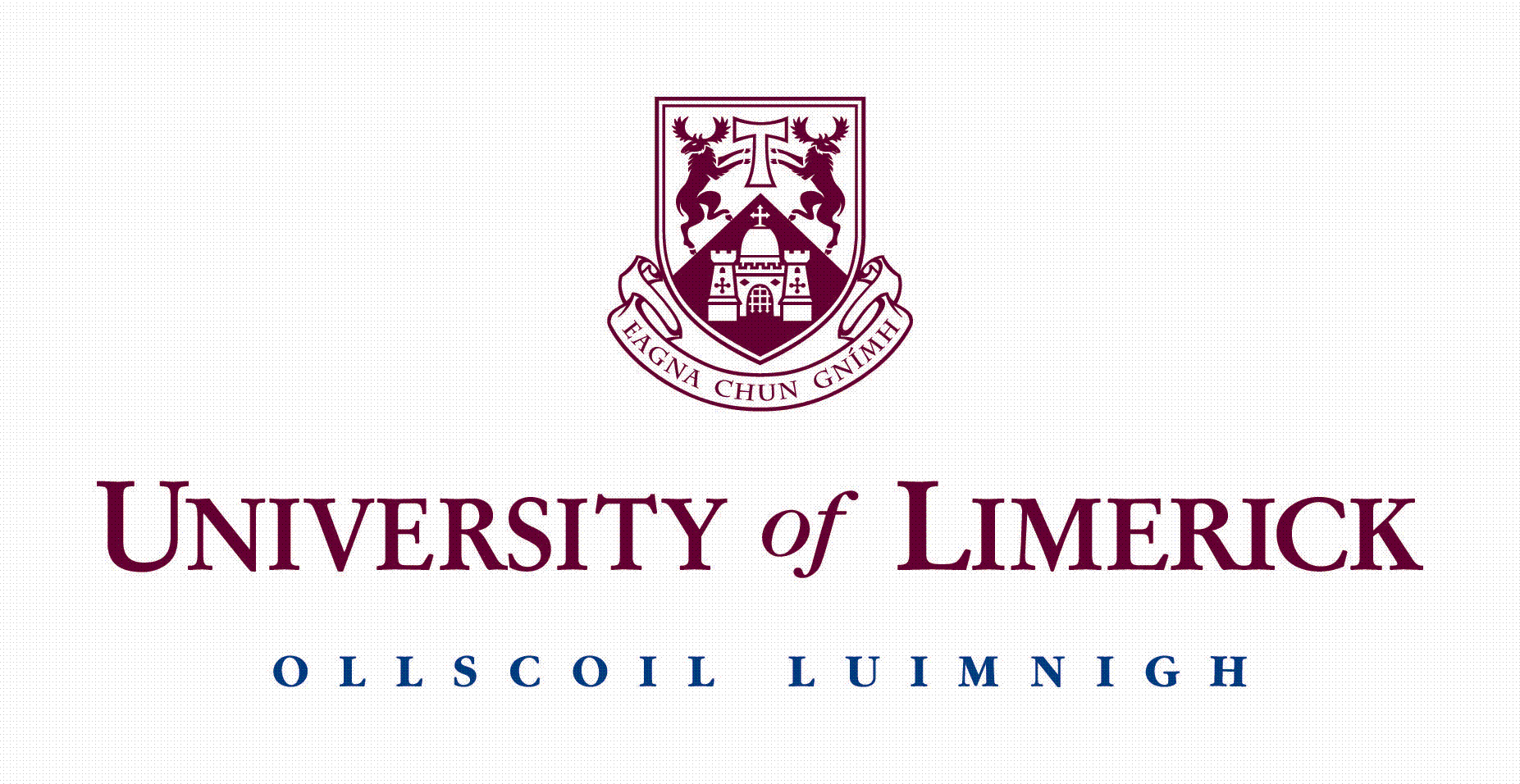O ver a number of years artist Marie Brett has developed Amulet, a contemporary art project that aims to creatively and sensitively explore the subject of pregnancy and infant loss with bereaved parents and their families. As collaborators on the project, healthcare professionals act as pivotal partners for and with the artist. Through their diverse roles, for example, as bereavement midwifes, councilors, nurses and community workers, they broker potential relationships between bereaved parents and the artist, with the essential proviso that it is the parent who decides to be part of the art project or not.
For the Amulet project, the artist’s intention to develop an open process for the research, development and production of contemporary art along with the diversity of project partners –parents along with healthcare professionals – forms a ‘triangle of relation’. The project has deliberately focused on the concept of the amulet, a customary keepsake or, more specific to this project, a symbol and signifier of loss. The amulet is explored as an object used to embody the hidden and to give voice to the unsaid.
As the Amulet project progresses from a longstanding research phase to an opportunity to present the work in an exhibition format, an admittedly complex transition, a number of questions arise. Marie herself describes the overall project as one that exists on the ‘pivot of risk and trust’ and she is both honest and inquisitive about the projects progression. She sees this as an opportunity to question how the artwork, one step removed from the dialogue which informs it, stands up on it’s own merit.
How does the artwork creatively and respectfully embody absence and loss? How does the artwork represent the artist’s intention and process along with the hidden layers of carefully negotiated relationships? How can we, both artistically and socially, attempt to reveal the intimate narratives of loss and to sensitively share a very private experience within the public realm? How does the art project acknowledge it’s own inbuilt tensions? For one perspective on the role of the object in contemporary art, we can call on curator Bill Arning who comments that, ‘The art object today is best understood not as wondrous, but rather as a catalyst for a set of stimulating relationships that make up the art experience.’
While the artworks presented as part of the Amulet project do act as distinct and discreet signifiers of loss, they also have the potential to embody the symbolic link between the bereaved parents, the artist and healthcare professionals. They exist in remembrance to those whom have passed, and the latent presence of absence for those left behind. They also act as a tribute to the set of relationships that have accompanied their coming into existence within a collaborative arts project.
In a text titled Experimenting with Abdu’Allah explores the artist’s role and clear intentions within a socially engaged collaborative arts project and states that the artist acts as an ambassador of risk. He adds that artists‘...work collaboratively with communities/collectives because they don’t want simplistic answers – but are looking to uncover more questions.
The AMULET : ANAMNESIS
sculptural installation with sound, photographic print and light

SCULPTURAL INSTALLATION WITH SOUND, PHOTOGRAPHIC PRINT AND LIGHT
“We all have amulets; those special objects often hidden away in drawers and cupboards which mark a significant time, occasion or person in our lives”
Marie Brett from ‘Amulet’ book
Exploring the idea of an amulet as an object signifier of perinatal and infant mortality, Anamnesis is an immersive sculptural installation combining sound, photographic print and light.
The piece resulted from the ambitious The Amulet art project initiated by Brett, who worked nationally in collaboration with bereaved parents, supported by a team of bereavement specialists, in partnership with three Irish maternity hospsitals.
The photographic-sculptural-sound installation ‘Anamnesis’ combines pierced photography, light, and a series of sound works installed within contemplative, seated desks. Photographically the piece captures bereaved familiy member’s objects as symbolic object signifier of an ethereal farewell.
EXHIBITION: The installation has been presented considerably at arts galleries, health-care, civic and conference settings including Oxford University’s Pitt Rivers Museum's Small Blessings exhibition.
EXHIBITION TOUR: As a sculptural installation the work toured nationally in Ireland to arts, civic and healthcare settings, accompanied by an extensive public engagement programme produced by Brett. Exhibition venues in Ireland included The Lab Gallery Dublin, Limerick Maternity Hospital and Galway Arts Centre. See here for further details.
WEBSITE: The art project, installation and exhibition tour has a dedicated website with multiple written responses, documentary videos, exhibition catalogue and more here
COLLECTION: Part of the installation is permamently housed with the international Birth Rites Art Collection
* Birth Rites is a collection of contemporary art on childbirth; the first of it’s kind in the world located in the UK. It was housed in the Mary Seacole Building in the Midwifery School at the University of Salford from 2009-2017 and moved to King’s College, London, where it is currently housed across four buildings on Guy’s Campus.
AMULET:
ANAMNESIS
EXHIBITION
TOUR
PHOTOGRAPHY


MEDIA COVERAGE
IRISH INDEPENDENT: Forget Me Not
by Yvonne Joye
IRISH TIMES: The Amulet
Art project remembers lost infants, video by Enda O'Dowd, Interview with Sheena Barret
IRISH TIMES: Infant loss the theme of artist’s project with bereaved parents by Lorna Siggins
IRISH TIMES: Art from bereavement: ‘There are no words when your baby dies’
by Louise O’Connor-Foott
WRITINGS
ETHICAL BEAUTY / Áine Phillips
MATERIAL TRACE/S / Mary Mackey
TRANSFORMATIVE SPACE / Patricia Mannix McNamara
SYMBOLIC SENSITIVITIES: One Artist's Collaborative Consideration of the Unsaid / Annette Moloney
THE AMULET PROJECT, Folklore and Social Change / Jenny Butler
THE AMULET: Sheltering a Community of Be-longing / JMK
DEEPLY IMMERSED / Eddele Nolan
AMULET / Louise O'Connor [ Foott ]
THE PLACES OF LOSS in Arts and Health / Mary Grehan
AMULET : ANAMNESIS WEBSITE









































































